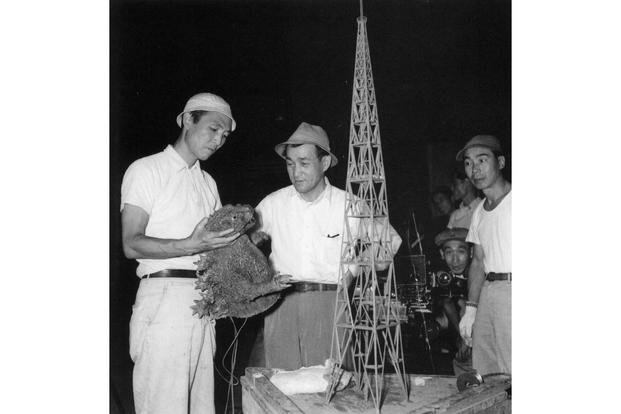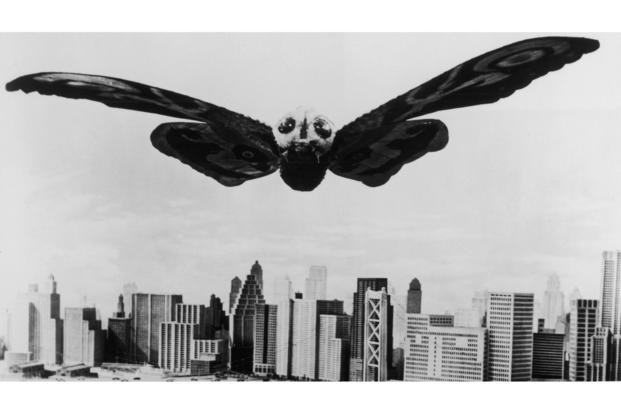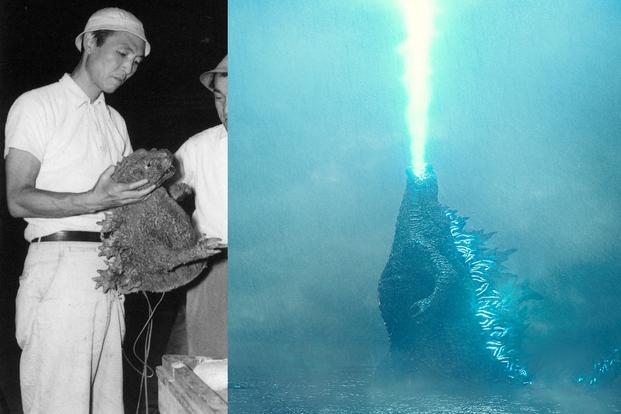Godzilla should know that we only have the iconic movie monster—or the more than dozen other kaiju of the Godzilla universe—thanks to the survival of a particular Japanese platoon sergeant who was taken prisoner by Chinese forces in World War II.
While we don't typically advocate the success of Japanese soldiers in World War II (they were fighting America, after all), I think most of us can agree that Ishiro Honda's survival was a lucky get. He was an up-and-coming director in Japan in the 1930s who was working for a popular director and film instructor at the time, Kajiro Yamamoto.
But in 1937, the Imperial Japanese Army came calling, and Honda was drafted as an infantryman who served multiple tours in his country's invasion of China, a republic and ally of America in World War II. Most biographies of Honda paint him as a reluctant member of that military, serving only because it was demanded of him, not because he believed in Imperial Japan's invasions or fascist ideology.
In between combat tours in China, he continued to make movies, predominantly in Tokyo. One movie that he cited as an inspiration during the war was the propaganda film “The War at Sea from Hawaii to Malaya,” which he thought had great special effects.
But the reluctant warrior eventually fell to the realities of the prolonged war. After all, Chinese citizens fighting for their survival didn't particularly care if the guys firing at them were reluctant or not. And in 1945, Chinese troops were able to capture Honda.

He would spend the next six months in confinement, learning of the atomic bombings and the Japanese surrender from a Chinese prison. He returned to Japan in 1946 and traveled through Hiroshima, one of the cities that suffered a direct hit from an atomic bomb.
Over the following years, he worked predominantly in commercials and historical films before getting his big break into directing narrative movies in 1953 with the movie “Operation Kamikaze.” During this time, Honda would go into the ruins of Japanese cities, including Tokyo, to film scenes in the rubble.
Honda's success on Operation Kamikaze led to his being tapped for an ambitious new movie named Gojira, the story of a massive monster lizard that attacked Japan. The film looked at the country's military history and ongoing occupation by the U.S., and Honda helped write the movie as well as direct it.
For anyone who didn't catch that, Gojira was Godzilla, and Honda's success creating and directing the movie would change his career. It set a new record for Japanese film budgets at the time, and it was an international hit translated into multiple languages and even re-shot and re-cut in America with a Hollywood star at the time, Raymond Burr.

The former Japanese soldier did not rest and bask in the praise, though, he catapulted from Godzilla to other large monster movies, helping to create and popularize the kaiju film genre characterized by massive monsters, helping create the movies and characters such as Rodan and Mothra, both of whom will appear in the new Godzilla: King of the Monsters on Friday. He also created King Kong vs. Godzilla in 1962.
He directed dozens of movies over his career before his death in 1982. Today, the kaiju he helped to create are still intriguing and entertaining audiences around the world.
More articles from We Are the Mighty:
Why getting in trouble early makes you a better leader
The ridiculous anatomy of most Army Reserve drill days
7 real excuses troops use that no NCO ever believes
We Are The Mighty (WATM) celebrates service with stories that inspire. WATM is made in Hollywood by veterans. It's military life presented like never before. Check it out at We Are the Mighty.
Keep Up With the Best in Military Entertainment
Whether you're looking for news and entertainment, thinking of joining the military or keeping up with military life and benefits, Military.com has you covered. Subscribe to the Military.com newsletter to have military news, updates and resources delivered straight to your inbox.















